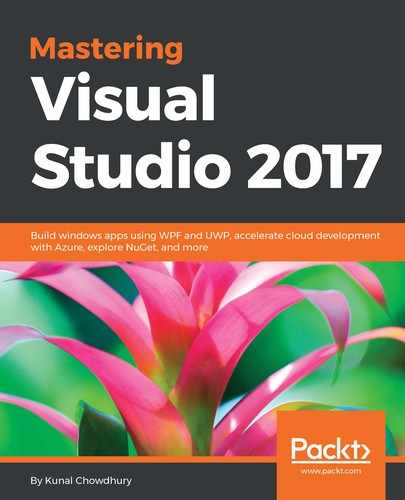XAML (eXtensible Application Markup Language), is an XML-based markup language to declaratively create the UI of the WPF applications. You can create visible UI elements in the declarative XAML syntax and then write the code behind to perform the run-time logic.
Though it is not mandatory to use XAML to create the UI, it is well accepted to make the things easier as creation of the entire application UI is much more difficult using C# or VB.NET. It is as simple as writing an XML node with few attributes (optional) to create a simple button in the UI. The following examples show you how you can create a button using XAML:
<Button />
<Button Content="Click Here" />
<Button Height="36" Width="120" />
You can either compile an XAML page or render directly on the UI. When you compile an XAML file, it produces a binary file known as BAML (Binary Application Markup Language), stored as resource inside the assembly file. When it loads into the memory, the BAML is parsed at runtime:

There are few syntax terminologies available to define an element in the XAML to create the instance of it. We'll take a look at few of them next to get started with it.
